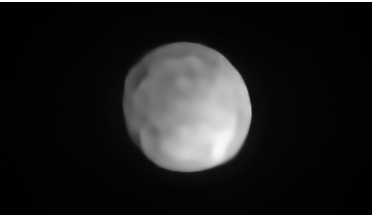 28 October 2019
Hygiea asteroid could turn out to be the smallest dwarf planet yet
28 October 2019
Hygiea asteroid could turn out to be the smallest dwarf planet yet
...’s SPHERE instrument at the Very Large Telescope (VLT) could be about to give the fourth largest object in the asteroid belt a promotion, as new observations of Hygiea have revealed that this sizeable space rock is spherical, meaning that it has...
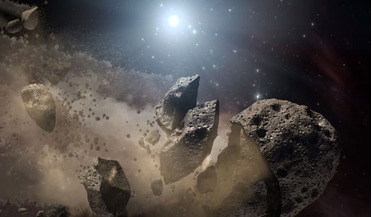 04 July 2018
Majority of asteroids come from a handful of ancient planets
04 July 2018
Majority of asteroids come from a handful of ancient planets
... history, a vast swath of them take up residence in a region of space between Jupiter and Mars known as the inner asteroid belt, which is also the main location for wayward bits of smaller rock that find their way to Earth...
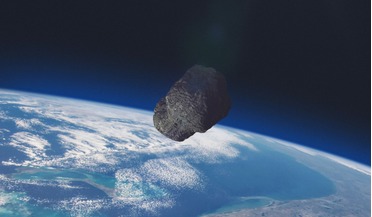 09 June 2021
Meteorites impacting Earth mainly come from a very small region of space, new study says
09 June 2021
Meteorites impacting Earth mainly come from a very small region of space, new study says
... million years resulted in an increased flux of meteorites to Earth. For some reason, most of the rocks stay in the asteroid belt", says Schmitz. Terfel and Schmitz’s study not only overturns generally accepted meteorite flux theories, it also...
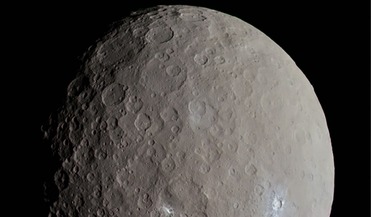 November 2021
Megasatellite habitat at Ceres
November 2021
Megasatellite habitat at Ceres
... up a structure might be in orbit around a surviving protoplanet, one that locks up one-third of the entire mass in the asteroid belt - Ceres. The author describes this far-reaching and futuristic concept. Ceres is the largest object in the...
 January 2019
Visiting an asteroid to find out how life began
January 2019
Visiting an asteroid to find out how life began
... the Sun between Earth and Mars. It was almost certainly once part of a larger body from the asteroid belt, a region of rocky debris left over from the planet formation process that sits between Mars and...
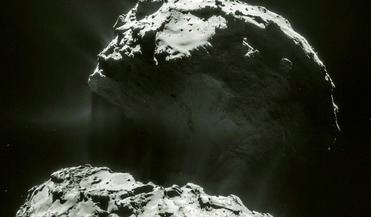 January 2020
Small body missions unveil interplanetary secrets
January 2020
Small body missions unveil interplanetary secrets
... last decade in particular, NASA has continued to explore and characterise the small rocky bodies, both in the asteroid belt and in the NEO population, by using the meteorite classification scheme. As a result, the potential of assessing the vast...